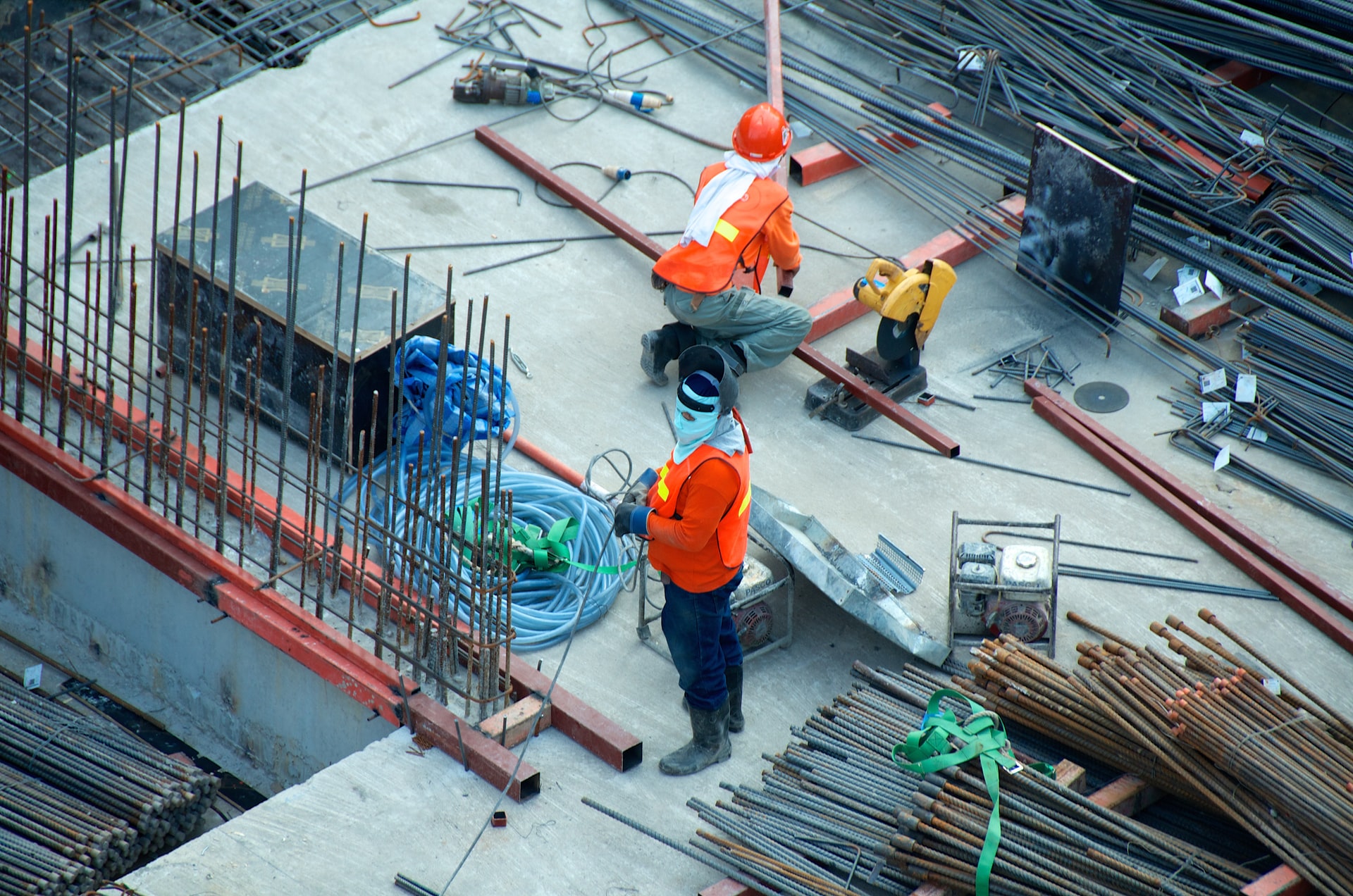 Italy is known for many things including a large number of architectural masterpieces such as the Leaning Tower of Pisa, the Sistine Chapel, and the Basilica di San Marco. With Italy becoming increasingly eco-friendly, a lot more emphasis has been placed on green construction over the past decade. The idea of eco-friendly architecture has had a huge impact on the way buildings are constructed in the country. Not only are eco-friendly building materials being utilized, but every measure is being taken to decrease the overall carbon footprint of the building. There are a number of superb examples of eco-friendly constructions, such as the following, scattered all across Italy.
Italy is known for many things including a large number of architectural masterpieces such as the Leaning Tower of Pisa, the Sistine Chapel, and the Basilica di San Marco. With Italy becoming increasingly eco-friendly, a lot more emphasis has been placed on green construction over the past decade. The idea of eco-friendly architecture has had a huge impact on the way buildings are constructed in the country. Not only are eco-friendly building materials being utilized, but every measure is being taken to decrease the overall carbon footprint of the building. There are a number of superb examples of eco-friendly constructions, such as the following, scattered all across Italy.
The birth of the eco-friendly museum
In Italy as well as around the world, museums are one of the biggest culprits in terms of energy wastage by public buildings. An increased focus on environmental responsibility, however, has led to the construction of a number of eco-friendly museums in the country. The Explora Museum in Rome is dedicated to children. It features countless interactive displays and installations suitable for children of all ages. Apart from offering educational entertainment, the museum is also considerably eco-friendly, with two photovoltaic systems that produce a whopping 40 thousand kWh of clean energy in a single year. These systems do not generate any pollution nor does it have a negative on the environment of human health. As it makes use of energy from the sun, it also does not deplete any natural resources.
The MuSe is an architectural masterpiece
One of the most well-known eco-sustainable museums in Italy is undoubtedly the Museo delle Scienze or MuSe as it is commonly known. The museum, which is situated in the Le Albere district, was by world-renowned architect Renzo Piano and officially opened its doors in 2013. A number of things make the museum worthy of the environmentally-friendly label it carries, including the use of eco-friendly materials and methods of construction. There is a range of benefits to using friendly resources are in building construction. This includes preserving natural resources such as water, sand, rock, stone, and timber, and effectively decreasing landfill waste. The museum, which features five stories and a basement is also home to a tropical greenhouse that speaks of planetary diversity. The MuSe is the first museum in Italy to receive a LEED Gold certification courtesy of the Green Building Certification Institute that is located in Washington DC in the US.
Apartment buildings can be sustainable too
Although Italy is known for its eco-friendly museums, there are other buildings with a sustainable appeal as well. If you find yourself in Cesena you may be familiar with the Fiorita Passive House, an 8-unit apartment building certified by the Damstraat Passive Hause Institute. The original building, which dates back to 1955, was constructed of brick and devoid of any insulation. While this was in accordance with the period’s culture of construction, it did not score high in terms of sustainability. Today, the building features a XLAM wooden structure and is also equipped with a singular ventilation system. It is, furthermore, not connected to the city-wide gas network.
Eco-friendly buildings continue to pop up all over Italy. This is not only great news for eco-friendly architects and designers but the environment as well.

